Stephanie Sewall
Advisor: Lisa Landrum
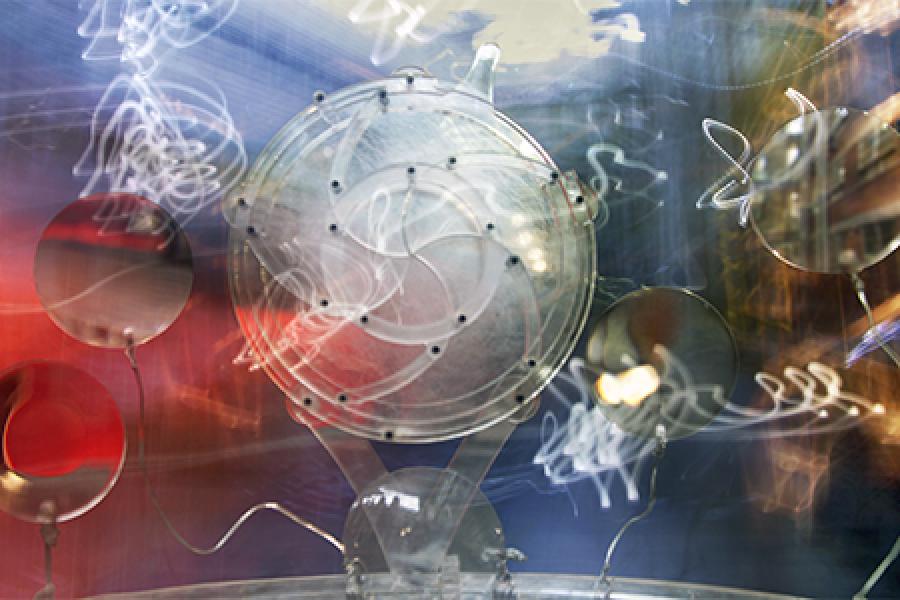
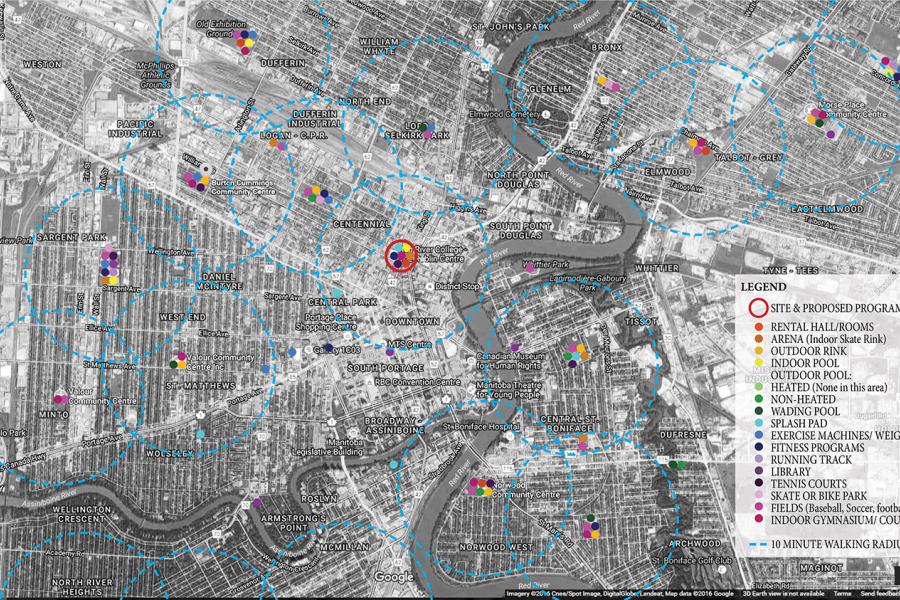
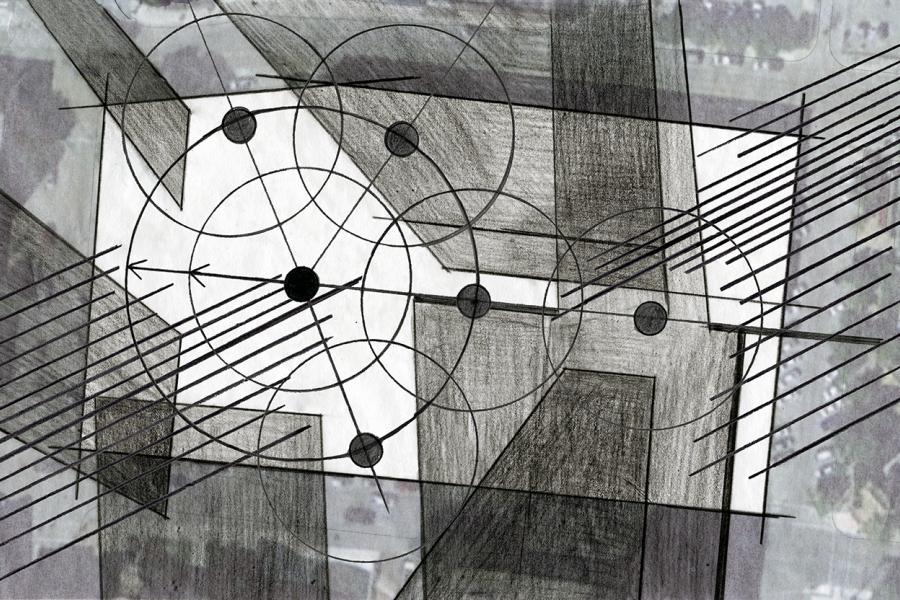

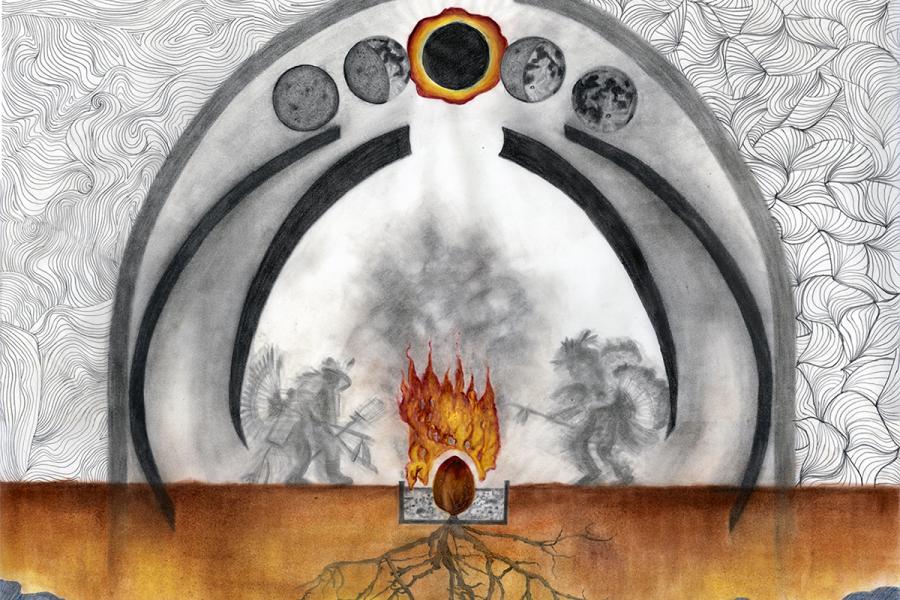
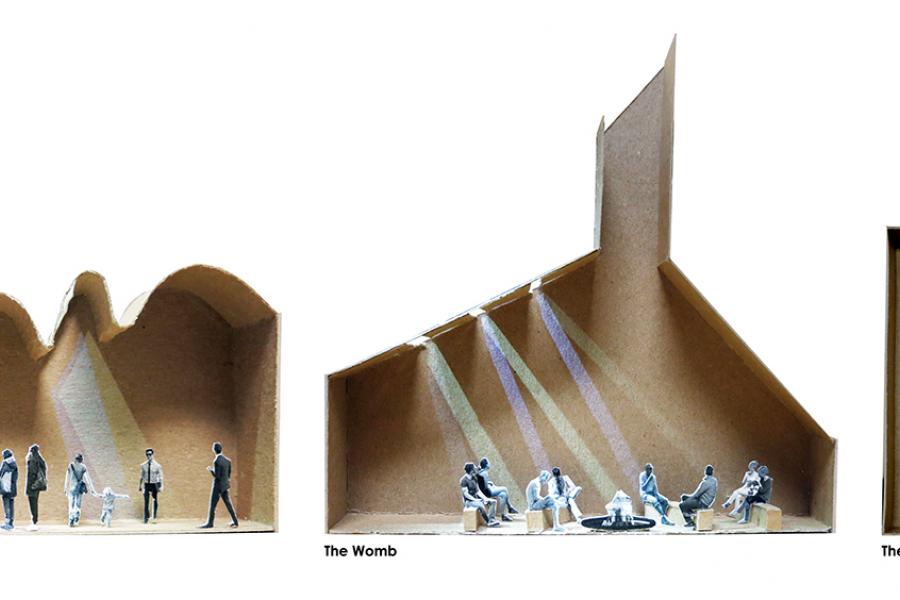
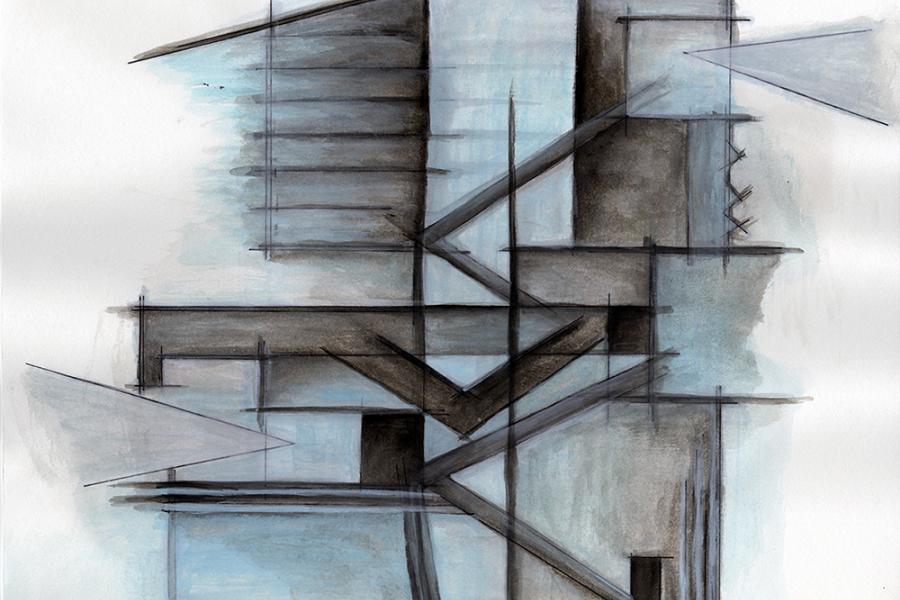
[Object]tional Reality: Physical and Psychical Thresholds
Embodiment is not a secondary condition; human experience is an embodied journey. This thesis aims to understand how architecture influences perceptual processes – how relationships between the physical and psychical, and interactions between the body and the built environment become tools for architectural place-making.
The starting point of this thesis is an investigation of embodied architecture through a careful reading of texts by a) Juhani Pallasmaa, to understand how subverting the dominance of vision can help bring about more multi-sensorial experiential architecture; b) Gaston Bachelard, to study the psyche as a place, in particular the origins of perception formulated in the childhood home; and c) Fernández-Galiano, to see how biological and cultural conditioning forms modern archi-types and universal foundations of architectural experience.
To better understand the human embodiment process, an experiment of the body’s perceptive state in space was first constructed to experience the world as a metaphysical being. The creation of a device, that attaches itself to the body, seeks to create new relationships with the surrounding environment. The device explores themes such as obscuring the biased vision of reality, focusing on the peripheral interpretation, filtering of light and colors, and the psychological processes within physical space. This intervention blurs the dominant vision of the eye in order to give rise to other perceptive processes to re-understand space in a more embodied sense. The project is then forwarded from present embodiment processes to understanding the origins of perception by extrapolating personal experiences from the childhood home, historical type-forms and environmental conditioning to construct an architectural intervention that formulates both the psychical site and physical site.
